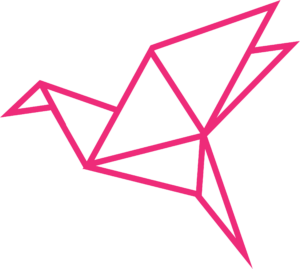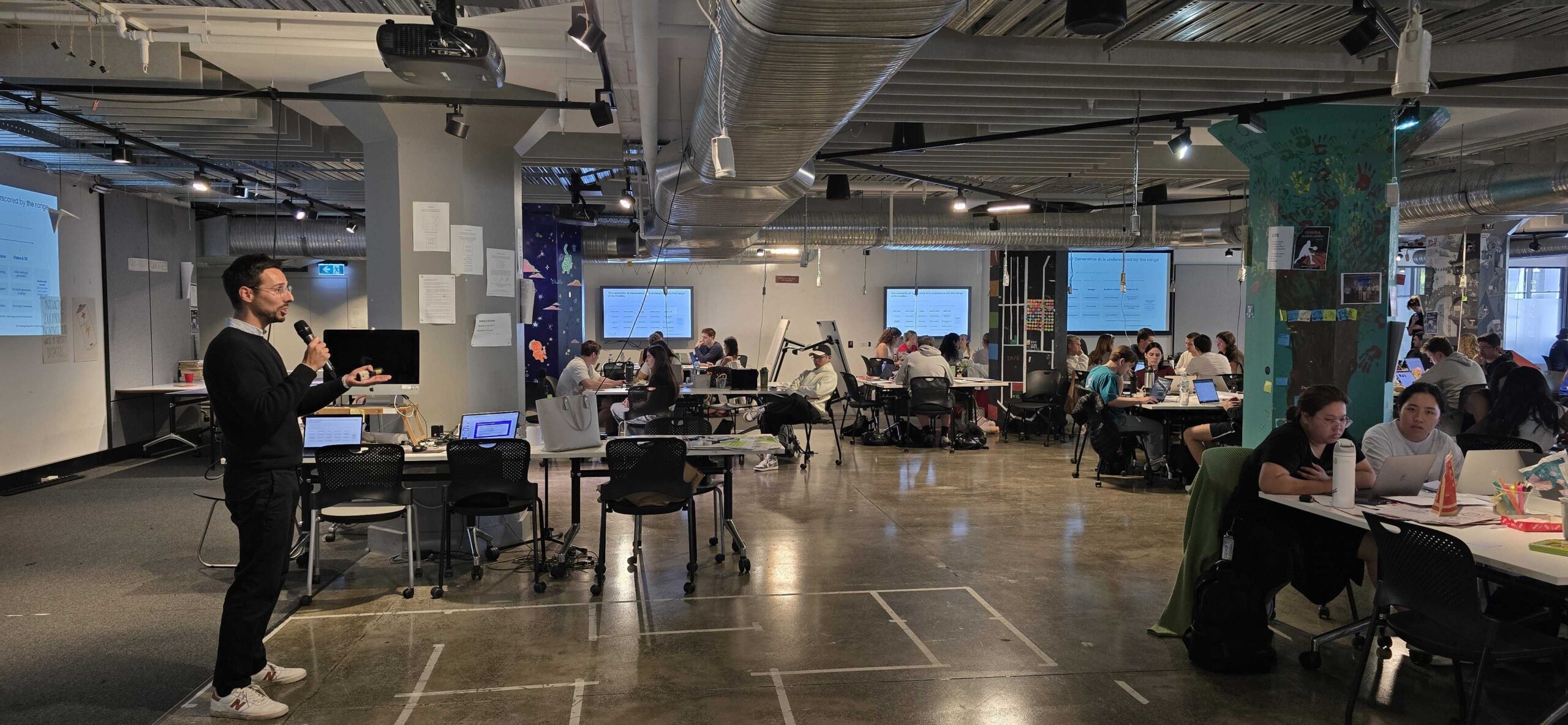Corporates continue to struggle with how they can best interact with startups. Words like agile, lean, start-up culture, and traction continue to be bandied about. However, corporations can learn significant lessons from start-up failures. Learning from failure is a key part of startup development. As Elon Musk says “If things are not failing, you are not innovating fast enough”
Below are some insights for large organisations from recent startup failures.
1. It’s not about the technology, It’s all about the Customer Experience
App..net (closed): “We envisioned a pool of differentiated, fast-growing third-party applications would sustain the numbers needed to make the business work. Our initial developer adoption exceeded expectations, but that initial excitement didn’t ultimately translate into a big enough pool of customers.”
2. Most business models are just a bunch of hypotheses. Validation of the model is crucial.
Omniref (closed): “This isn’t how we hoped things would turn out, but unfortunately, we were never able to find a sustainable business model that justifies the (considerable) expense of running the site. Because of the large number of developers who have come to depend on our services, we’ve kept things running for as long as we possibly could, but unfortunately, there[‘s] no practical path forward from here.”
3. A great idea (dream) means nothing if there is no customer traction. Get out of the building and validate your product.
Pixelmage (closed): “For the last year, our team has worked tirelessly to make the game we’ve dreamed about making, and with your support, and the support of our investors, we were able to get the game into Early Access. Unfortunately sales fell short of what we needed to continue development. We knew going in that most startups don’t make it, and as an indie game studio we hoped we would be the exception to that rule, but as it turned out we weren’t.”
4. Starting new ventures as a side project without sufficient funding is very risky
The Social Radio (closed): “The Social Radio began as a side project … raised money as a startup, and then became side project again when we couldn’t scale it. We didn’t see it getting big enough to have the impact we had hoped for, so we stopped updating the apps as our lives and jobs became busy, but people kept using them and we believed in the product, so we kept the apps running. But we have reached a point where the cost of running the apps cannot be covered, and we couldn’t get enough support to keep it running.”
5. Changing consumer mindsets is most often impossible. Understand what the customer needs today – and deliver
WhatsOnRent (closed): “We could not see the next round of funding coming. We had to change the consumer mindset and without that pre-Series A funding of couple of million dollars it was not possible.”
6. Trying to change the company’s DNA is very difficult. Many have tried. Few have succeeded.
SunEdison (closed): “SunEdison at its core is a boring construction company, that earns the trust of its institutional investors by being boring and managing risks … [but the company’s senior executives] didn’t want to be boring, they wanted to be a technology company.”
7. Delivering a value proposition that meets the needs, gains and pains of your customer segment is essential. These change over time
Picturelife (closed): “Nobody is interested in cloud storage anymore. It’s been pretty challenging. Google Photos and Amazon—they took a huge chunk of [the cloud photo storage market]. And I think it’s going to increase over time …”
8. It’s not about the number of features – it’s about product/market fit and a unique value proposition that delivers a customer experience
Hivebeat (closed): “We’ve tried all the things we wanted to try and we have a pretty good sense of what went wrong:
- We never hit real product/market fit. We built a product that was too generic for a very niche-based industry.
- Our product was great, but it wasn’t a 10x product. We had a much prettier product than the competition, but we were always lacking features in every niche.
- We were trying to do too many things at the same time. Both product-wise and marketing-wise.
- A transaction-based business model makes it hard to predict revenue, which made our growth curve look like a rollercoaster.”
9. Ideas are cheap: execution is essential for success. The product may be excellent, but you need a unique value proposition for success.
SideCar (closed): In short, we were forced to shut down operations and sell. We were unable to compete against Uber, a company that raised more capital than any other in history and is infamous for its anti-competitive behaviour. The legacy of Sidecar is that we out-innovated Uber but still failed to win the market. We failed – for the most part – because Uber is willing to win at any cost and they have practically limitless capital to do it.
10. Playing in a crowded, commoditised market is a challenge. A validated business model will help to define your unfair advantage
Top10 (closed): The hotel industry is particularly challenging given the size, reach and budgets of the big players. At Top10 we did an amazing job innovating in this tough space, but ultimately the competitive landscape made it too expensive for us to scale, and for that reason we decided to close the company.
Corporates often feel that they are immune to the challenges listed above. They are not. Often, the sheer size and momentum of the corporation carries them through tough times, and failures are often buried. In the startup space, they mean sudden death. Most of the rules that apply to startups certainly apply to larger organisations and we need to be better at being more accountable for the successes AND the failures, and use tools such as Design Thinking and the Lean Startup to de-risk our value propositions and business models well before we take them out to the market.












